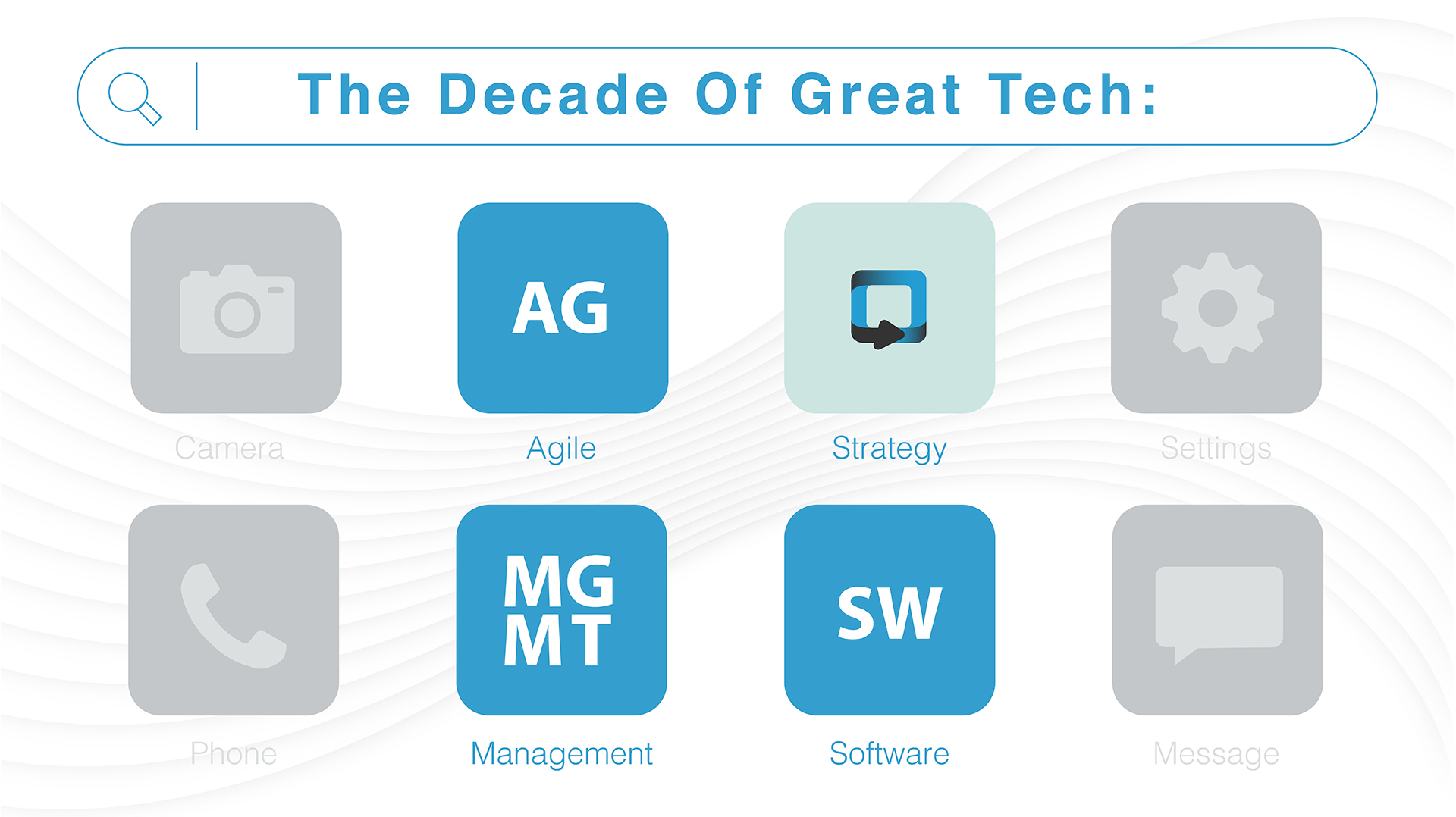The Decade Of Great Tech: Agile Strategy Management Software
The Twenty Tens
The start of the twenty tens was a pretty miserable time economically. We were on the other side of the Global Financial Crisis, but its effects were far from over. World trade volume and world GDP growth were consistently flat and comparatively low for the next 5 years. In business, we were all becoming extremely conscious of the fragility of global economics, but what did this mean for operations and strategic planning? I think it had a profound effect for the better.
Changing Strategic Conditions
The need to grow had not diminished; if anything, it had increased. We were constantly on standby for market shifts and a changing environment. We had been trained into a state of permanent strategic readiness. This manifested itself as needing to have strategic agility — the ability to pivot our business strategy quickly and easily at a moments notice. The final nail in the coffin for the traditional strategic planning process was, in my opinion, the long-term, documented, textual, dull, demotivating strategic plan.
Transient Advantage
A thought leader in the field of strategy is Professor Rita Gunther McGrath who positioned the concept of transient advantage, a dynamic approach to strategic thinking which sees change as an opportunity. In my opinion, the key to being dynamic is to stop thinking about strategy as a long-term project, but rather as fluid and continually evolving. I am a great believer that having the capability to operationalize short term transient strategies is a significant competitive advantage. It translates into having the ability to maximize those opportunities that appear and need to be delivered within the traditional 12 month (or shorted) business planning cycle.
Micro-Strategic Planning
This emerging area of micro-strategic planning is important to recognize as it allows the strategic plan to adapt and offers a greater chance of success. What usually happens is that these short term opportunities materialize outside of the strategic plan with no formal linkage to vision. This reduces corporate confidence both at senior levels and for those people tasked with execution, who are all left asking the question: “where does this align with our vision?”
Strategy Management Software
Of course, I can’t close out the 2010’s without discussing the release of StrategyBlocks. I was so proud when the product won awards for innovation, productivity, collaboration, and the best new product of 2016 twice! We’ve enjoyed 12 business awards for our innovative approach to strategy management! StrategyBlocks was also included in Forrester Research’s Wave Evaluation for Strategic Portfolio Management which was an important endorsement of our goal and approach to make strategic planning and strategic execution a dynamic process for businesses seeking to achieve strategic agility.
This brings to a close our review of the last 60 years of the evolution of business strategy on our blog, I am already looking forward to the next month…We are going to take a look forward into the future, and consider “what’s next for business strategy?”.




Leave A Comment